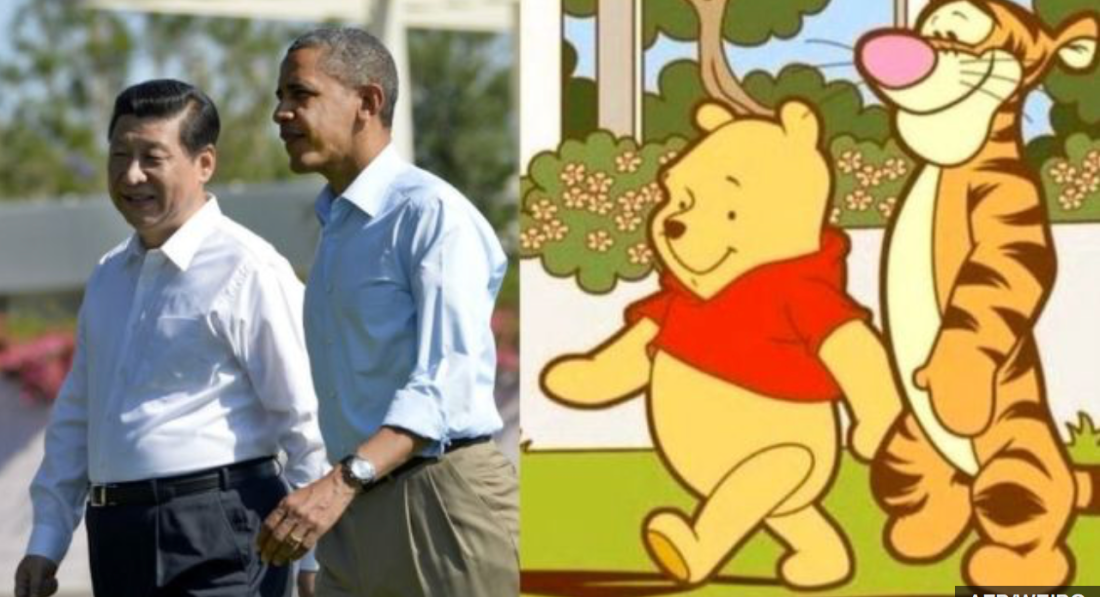News media through the use of specific computing methods to analyze big data can deepen the news narrative and make accurate judgments on the facts, make predictions and reports on the future, meet the user’s customized information requirements, make the data visualization and interactive. Lewis & Westlund (2014) deem that with the evolving of big data will have a significant influence on journalism’s way of convergence and delivering information.
Driven by big data, various media organizations have set up data news departments to meet new opportunities and challenges. Research on data journalism is also growing. When news media collide with big data, the understanding that has been formed first is that big data provides the news media with information that is not the final result, but a clue to finding results.
Support effective crawling of tens of thousands of news per day
Quickly and accurately track and collect thousands of online media information, expand news clues, increase collection speeds, and ultimately acquire pages that need to was collected. There are few omissions, and the integrity of web page collection content is over 99%.
Support intelligent extraction and review of required content
News media sites use big data platforms and technologies to enable journalists and related data analysts to more quickly, timely, and accurately intelligently extract and review data, save on the cost of reporting, and receive more significant attention. Provide the most timely news reports to the audience.
Quickly populate lots of news data information.
In the context of content affecting the amount of news media readings, coupled with the limited attention of people, it determines that users will only choose useful information content according to their habits and preferences. Then the news media adopts big data technology to make up for this. On the one hand, we can quickly have a significant amount of news and data information, and at the same time we can classify people according to their preferences, and filter out content with high attention to filing reports.
Realize the integration of Internet information content collection, browsing, editing, management, and release
Faced with the massive amount of information on the Internet, news media are eager to obtain valuable news information from themselves. It is vital that this information be easily and quickly available. If the original manual collection method is adopted, it is time-consuming and labour-intensive and inefficient. In the face of more and more information resources, labour intensity and difficulty can be imagined. Therefore, news media sites use big data platforms and technologies to achieve the integration of Internet content collection, browsing, editing, management, and publishing.
Reference:
Seth C. Lewis & Oscar Westlund (2015) Big Data and Journalism, Digital Journalism, 3:3, 447-466, DOI: 10.1080/21670811.2014.976418


 Photograph by
Photograph by  Photograph by Visual Chian
Photograph by Visual Chian

